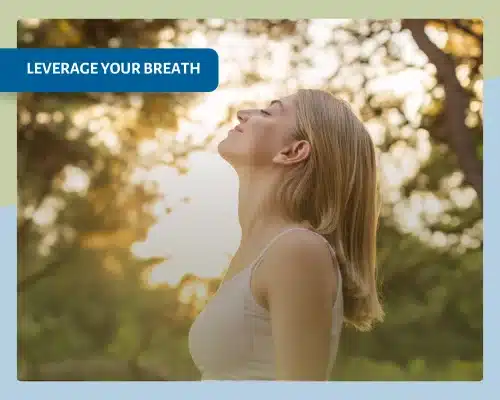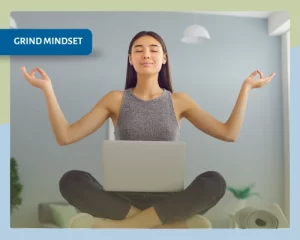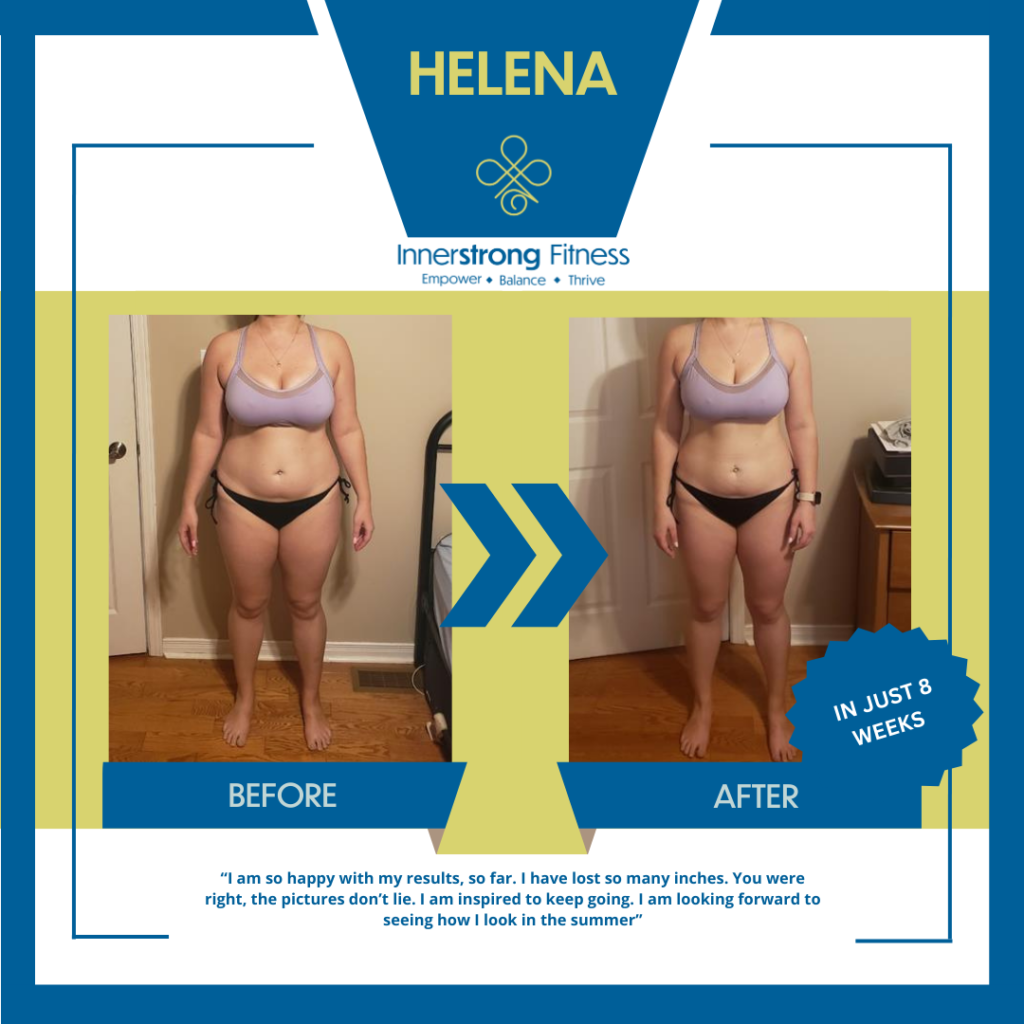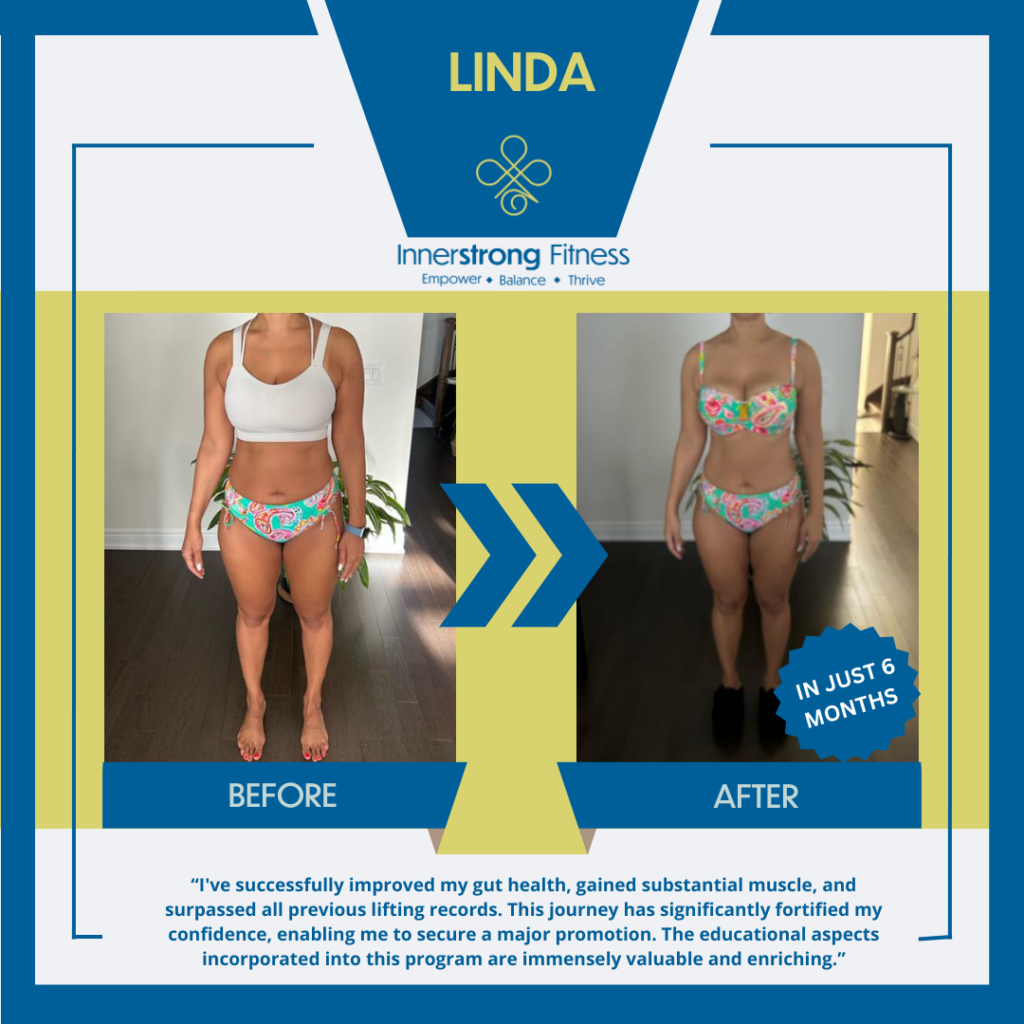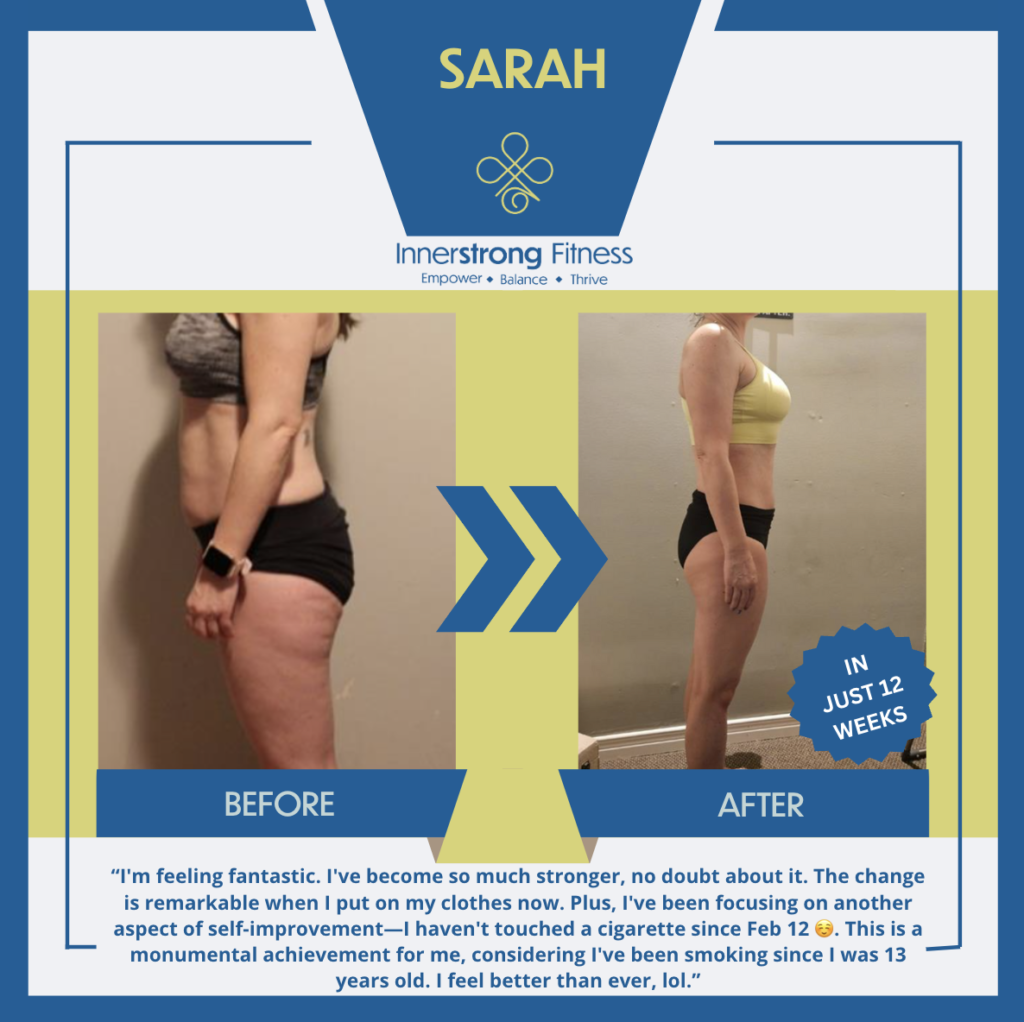Breathe As If You’re Already There
It’s easy to forget that we are all breathing, and without it, life is not possible (Duh!)
But have you ever noticed how your breath changes depending on whether you’re relaxed or under stress?
This is because the body naturally adjusts its breathing patterns as our emotions and states change.
With this in mind, we can say that though cliche, breathing can, in fact, be a very effective way of managing stress levels.
If this sounds interesting to you, keep reading as we unveil more exciting facts about the body that can give you cues as to how exactly you can implement breathing for your best approach to stress management.
Support Your Body
Alright, if you’ve reached this point of the article, odds are you are now paying more attention to your breath.
Perhaps, you are even breathing… Consciously.
Okay, stop right there! You’ll be breathing consciously for some time now until it gets back to the normal, automatic breathing pattern.
What we mean to tell you here is that breathing is the ONLY semi-automatic function of your body that you can control.
That makes sense because when you think about it – You don’t have to do anything in order to keep the following going:
- Digestion
- Blood pressure
- Body temperature regulation
- Saliva secretion
- … Thinking
That is to say that, for the most part, your body runs on an automatic pattern, regulating everything that it needs to keep you going healthy.
However, one main point to emphasize here is that because we have the gift of consciousness, we often tend to disrupt the body on its way to optimal health by clinging to stressful thoughts.
This is where stress management through breathing comes in!
The Ancient Practices
For centuries, Yogis, shamans, and healers have known that within us lies the infinite potential for internal healing.
And guess what the primary tool for tapping into those internal capabilities of our sacred bodies in those ancient practices is?
That’s right – The breath! Breathing helps us tap into the part of our being that can do all the healing for us.
But certainly, our skeptical human nature implies that we wouldn’t trust blindly in such ancient practices nowadays.
We need concrete evidence that says – THIS is the mechanism of work, which is why everything works as it does.
The HeartMath Institute
Luckily, people know this fact about our skeptical human nature, and thanks to curiosity (not the Mars rover), there have been discoveries made in that regard.
More specifically, we’re referring to the discoveries made by the HeartMath Institute.
The Heartmath Institute is a non-profit research and education organization pioneering discoveries about the heart’s intelligence for 30 years.
HeartMath founder Doc Childre was one of the first scientists to demonstrate how the heart sends signals throughout the body, regulating many aspects of human function—physical, emotional, and mental. He also discovered that different emotional states correspond to specific patterns in these signals.
In other words, our hearts have their very own mini-brain (brain-like cells) and language! How cool is that?
The Coherence
One of the main findings of the institute was the intimate connection between the two most vital organs in the body – The brain and the heart.
The mini-brain mentioned above in the heart is a set of sensory neurites (again, brain-like cells) that can think, feel, and remember independently of the brain.
Though independent, however, this so-called “extended neural network” is what enables the brain and the heart to communicate on a deep level.
The institute found that not only does the brain send signals to the heart about how it should operate, but the same is also valid vice-versa! (i.e., the heart also sends signals to the brain)
When the two organs work in harmony, scientists refer to it as “Brain-Heart Coherence.”
In this state, we experience elevated emotions like joy, gratitude, love, compassion, and high levels of intuition, accompanied by the absence of stress (oops, we let that oxymoron slip)
Now, guess what’s a literal shortcut to this state…
Your Breath, Friend!
The HeartMath institute puts a lot of attention on one thing in specific- You DON’T really need to be a yogi or a monk to tap into these extraordinary states of bliss, gratitude, and calmness.
As a matter of fact, the most ordinary person living a normal life can do this on a day-to-day basis, even in the comfort of their own home (yeah, you don’t need to go on the top of a mountain).
The key here is to use your breath as the means of linking and synchronizing the work of your heart and brain.
Breathe and feel as if you would if you were in a calm environment and your body has no other choice but to obey and become calm, quiet, collected, and harmonized.
The Practice
Luckily for us, the institute didn’t just let this information hang out there to leave us wondering what we should do to achieve such states.
They have also provided us with the exact how-to, which they refer to as Heart-focused Breathing.
This breathing technique is all about placing your attention on the heart area and breathing deeper and slower than you normally would.
Step by step, the process would look a lot like this:
- Place your attention on your heart and its work
- Observe it for a little while and swipe any intrusive thoughts
- When your full attention is on your heart, breathe in slowly for 5-6 seconds
- Then, breathe out slowly for the same time that the inhale took you
With each exhale, you have to relax any parts of your body that are tense and swipe any intrusive thoughts that come to mind.
A key point here is to make your breathing smooth, regular, and unforced – This is a pretty meditative state!
In doing this for as little as 3-5 minutes a day, you will experience amazing benefits related to stress management and overall levels of energy throughout your daily life.
So go ahead, try it! Place some attention on your heart and give it some love!
Consciously choose to reduce the noise in your head and focus on the present moment, and you, for yourself, will see the major difference in how you think, act and feel.
Breathe.

